Key Car Inspection Guide Before Purchase
1. Body and Exterior Condition
The outside of the vehicle provides the initial impression of the general condition of the vehicle. Look for dents, scratches, rust, and uneven paint that may be an indication of previous accidents. Inspect the doors, hood, and trunk to ensure that they open and close smoothly. Look also for panel gaps—uneven gaps may indicate frame damage from a previous crash.Key Exterior Inspections:
- Inspect the paint job for touch-ups or rough spots.
- Inspect the under the doors and wheel wells for rust.
- Inspect the turn signals, taillights, and headlights to ensure they are in working condition.
- Inspect the tires for tire wear patterns—uneven tread wear may be a sign of alignment issues.
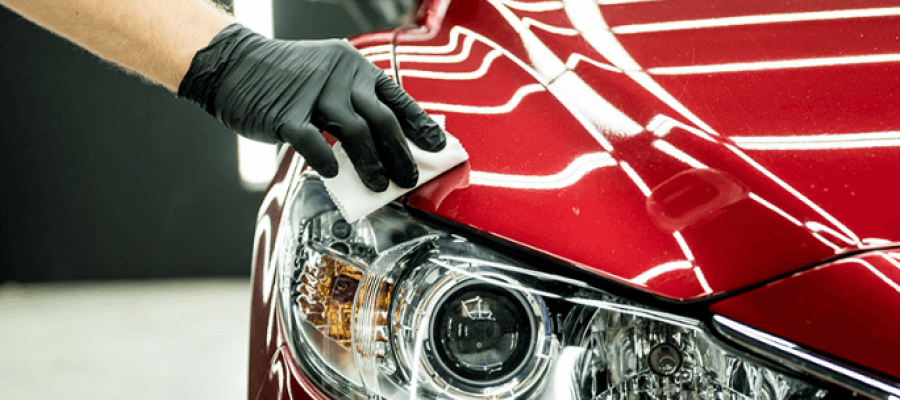
2. Engine and Under-the-Hood Inspection
An engine is the lifeblood of a car, and problems there might be as good as costly repairs. Lift the hood and check the engine bay for rust, leaks, or frayed belts. Dip in the oil dipstick to ensure the oil color—pale, clean oil is the best, whereas black sludge might mean desertion.What to Check Under the Hood:
- Engine bay and underside leaks to look for.
- Inspect hoses and belts for cracking and fraying.
- Inspect the battery for corrosion and tighten terminal connections.
- Test drive the engine and listen for unusual sounds like knocking or ticking.
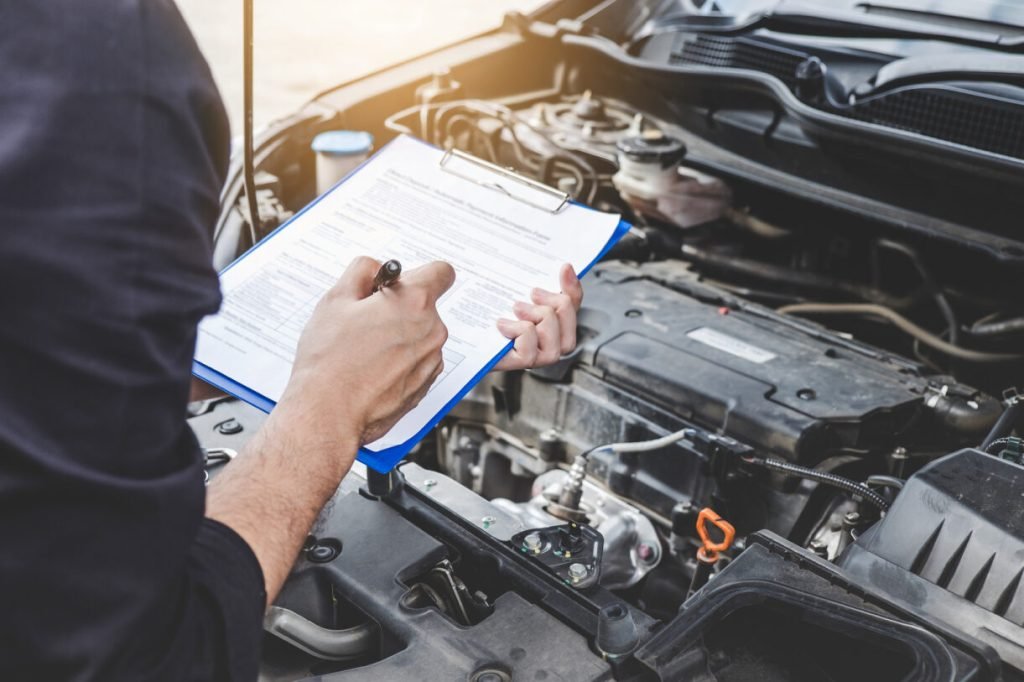
3. Interior and Comfort Features
The inside of the car should not only be spotless but also operational. Check the seats for rips, stains, or odors that could be from water damage or smoking. Test all controls, including air conditioning, power windows, and audio system, to make sure everything is functional.Interior Checklist:
- Check seat comfort and adjustment settings.
- Test sound system and connectivity options.
- Check for dashboard warning lights when the vehicle is started.
- Check carpets and floor mats for water spots or concealed rust.
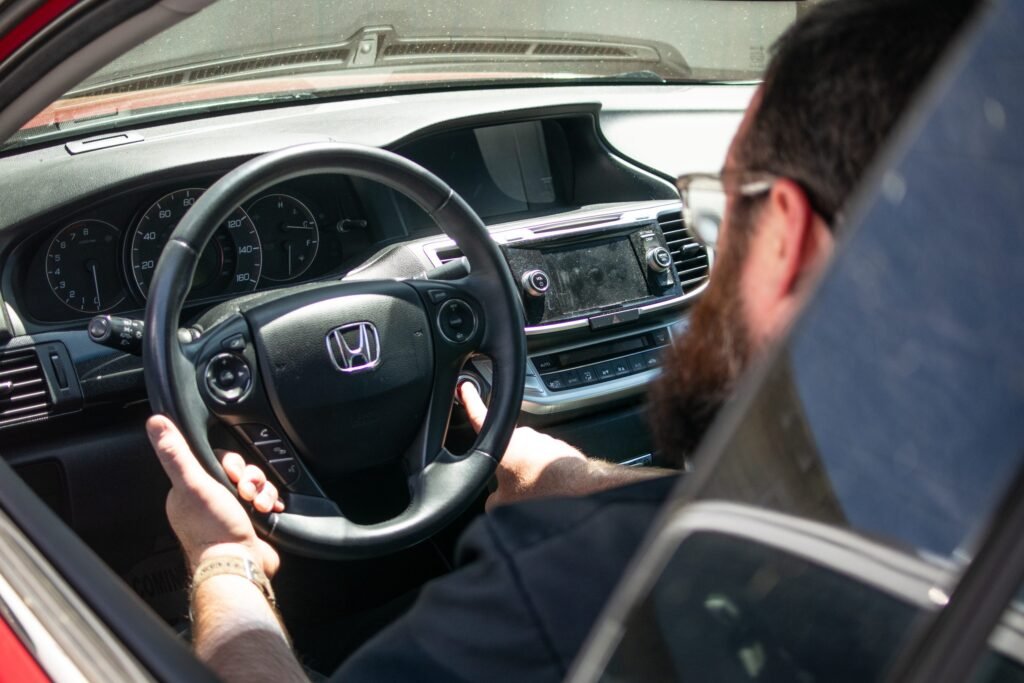
4. Test Drive and Performance Check
The test drive is one of the most critical aspects of car testing. It indicates how smooth the car is to drive and whether there is anything wrong mechanically. Take the car out for a drive on different roads and see how the car picks up speed, brakes, and turns.Things to Check While Test Driving:
- Smooth acceleration without hesitation or jolting.
- Steer positive with no one-way pull.
- Firm brake feel and no unusual noises.
- Smooth-shifting transmission with no lag or harsh shifting.
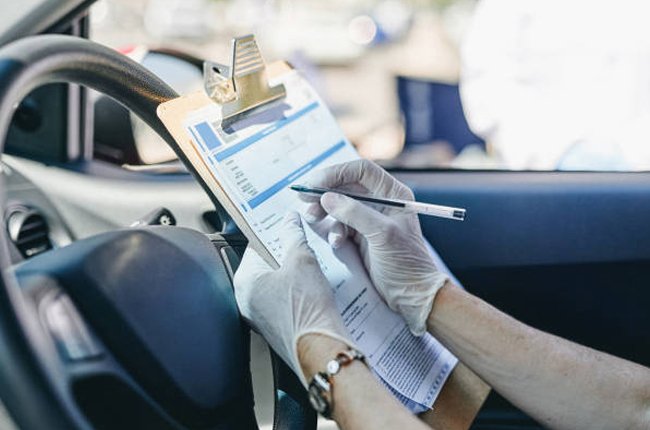
5. Vehicle History and Documentation
Even if the vehicle seems fine and has a smooth ride, its history must be researched. Order a vehicle history report to confirm previous accidents, title history, and maintenance history. A clean history keeps you from buying a car with concealed flaws or legality issues.Data to Confirm:
- Title and title (ensure that it is not salvaged or rebuilt).
- Maintenance as well as repair history.
- VIN is the same on all documents.
- Insurance claims history, if any.
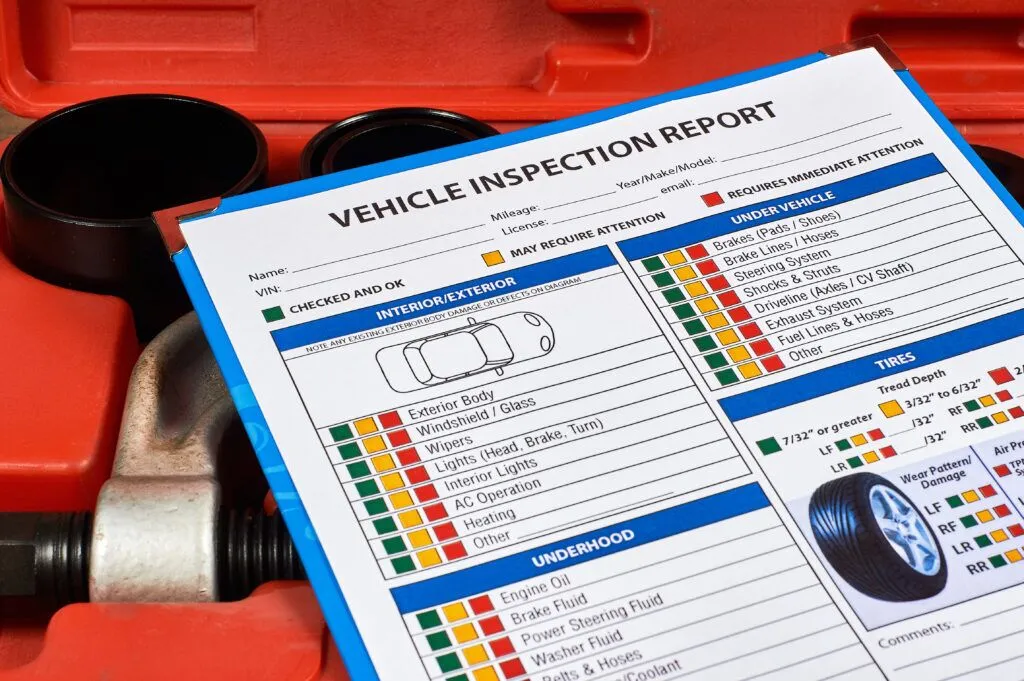
6. Underbody and Suspension Inspection
The underside of the car is often neglected but is indicative of its condition. Leaks or rust underneath the car could be indicative that something is wrong. Additionally, push on all four corners of the car and see if the suspension bounces excessively; if so, the shocks are probably worn out.What to Inspect Underneath:
- Rust or wear along the frame.
- Leaks in transmissions or other differentials.
- Condition of the exhaust system and catalytic converter.














